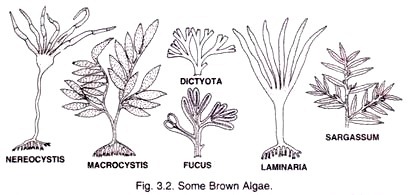Various types of oxygenation hardware designs have been developed to suit specific purposes in bio-systems.
For example, oxygenation required in cell culture uses bioreactor hardware of various designs to take care of bio-system characteristics.
For this purpose, conventional stirred tank bioreactor (STBR) designs have been used for a long time to oxygenate or aerate the bio-reaction liquid.
Many bacteria and yeasts, as well as a few other microorganisms, can grow well when floating free in a liquid culture medium in vessels with a capacity as high as several thousand liters, resisting damage even when they have proliferated to form a thick suspension, and even when the suspension is oxygenated and agitated vigorously with a mechanical sparger and agitator.
Many microbial, mammalian, and plant cells are different. They are either-highly shear sensitive, flocculating or pellet forming, or larger than most microorganisms, more fragile and more complex. Moreover, the delicate plasma membrane that encloses mammalian cells is not encased in a tough cell wall, similar to many plant cells. Mammalian and plant cells that multiply in suspension can usually be cultivated by oxic techniques, similar to those used in microbial fermentation.
However, most animal or mammalian cells do not grow at all in suspension, but grow only when they can attach themselves to a surface. They are called anchorage-dependent mammalian cells. Anchorage-dependent cells have traditionally been grown on a large scale on the inner surface of a roller bottle reactor. As the bottles roll, the cells are exposed to oxygen in the air space and to the growth medium. The design of rotary oxygenators has been used also in microbial bioprocessing for product formations as well as in effluent treatment for pollution control (rotary biological contactors).
In the human body, the need for oxygenation requires no emphasis. With respect to oxygenation, apparently the function of an artificial lung is to oxygenate at least 4.5 ml of O2/100 ml of blood at the maximum rated blood flow. Many manufacturers design and produce membrane oxygenators that utilize micro-porous polypropylene membrane for gas exchange. Designs of these oxygenators include submerged bioreactor oxygenator, hollow fibers, a flat-plate type, or sometimes other types of configurations. Hollow-fiber membrane oxygenator designs have been greatly improved in the past few years.
In the perfusion mode of the mammalian cell culture system, the use of tubular spiral film oxygen-permeable membrane oxygenator has become a common technique. This type of cell culture technique using perfusion oxygenation has been developed mostly to avoid fluid mechanical damage of animal cells in conventional oxygenated bioreactors.
In the plant cell culture system, the oxygenation situation may become very critical in terms of cell growth and cell division. Whatever the oxygenator used, the biomass yield usually serves as a valuable parameter in bioprocessing. For prediction of biomass yield, oxygen efficiency (η0) has been used by some investigators. Minkevich and Eroshin proposed oxygen efficiency by defining it as the ratio of the amount of electrons conserved in biomass over the amount of electrons available in organic substrate by aerobic combustion to HCO3–.
It has been shown that η0 follows from YDX (biomass yield on electron donor, per mol, or per C-mol for carbon compounds (C-mol/mol) using only the black box conservation relationship. Hence, η0 being a true black box, it can only be applied to aerobic systems and, therefore, lacks general applicability. A simple example of black box information for aerobic growth of Pseudomonas oxalaticus on oxalate with a yield of 0.586 C-mol/mol, as given above, provides the corresponding macro-chemical mass balance relationship as follows:
– 5.815 C2O42- – 0.2 NH4+ – 1.857 O2 – 0.8 H+ – 5.414 H2O + 1.0 CH1.5 O5 N0.2 + 10.63 HCO3– = O
Here, there is no intrinsic limit based on the second law of thermodynamics.
